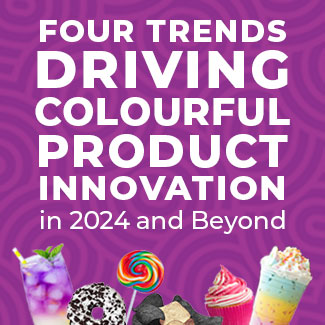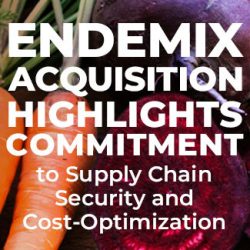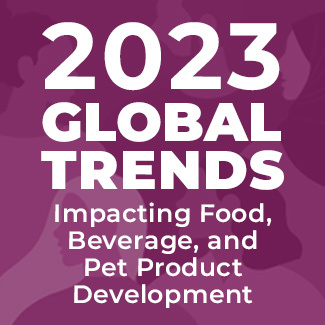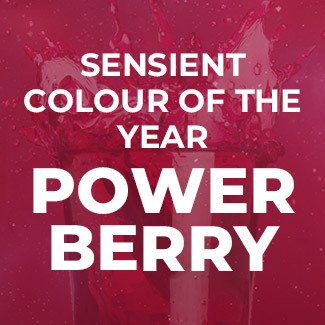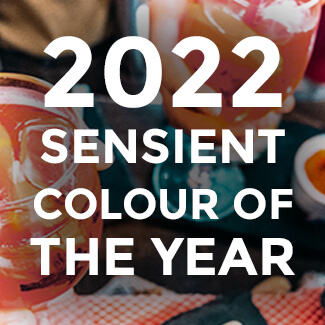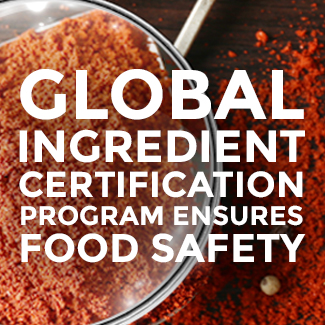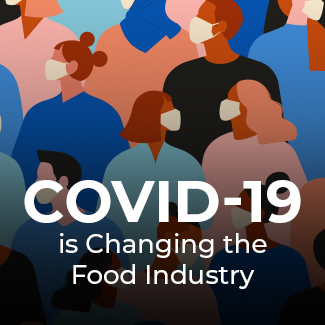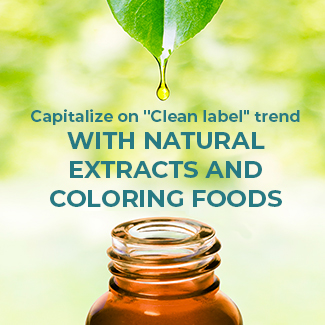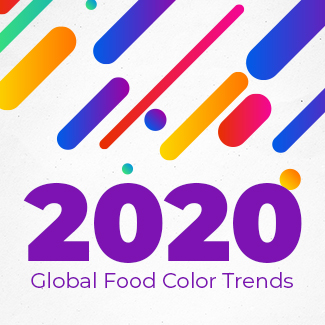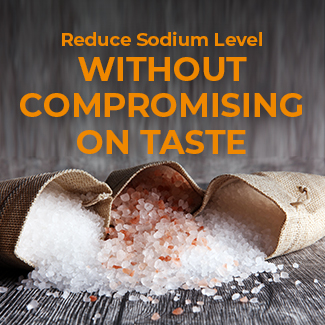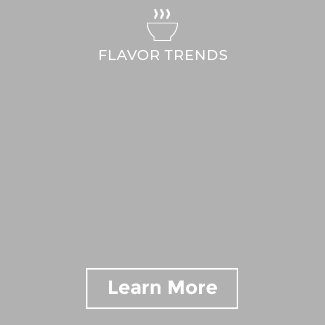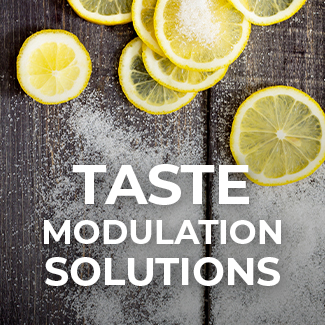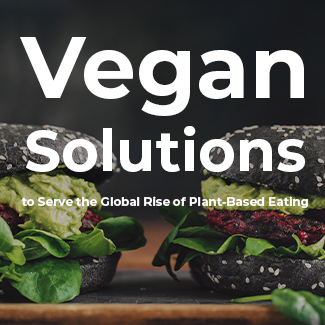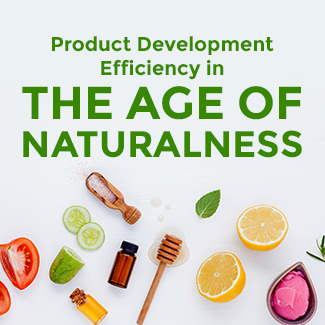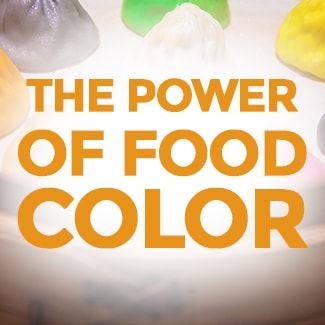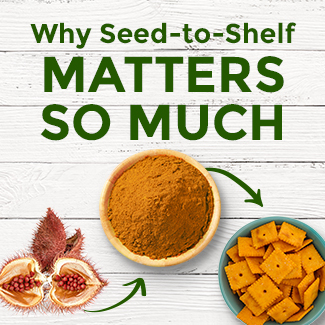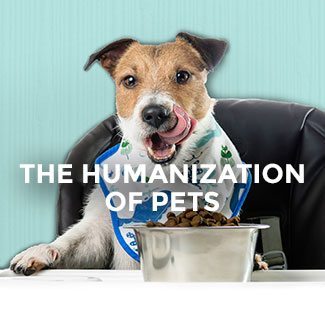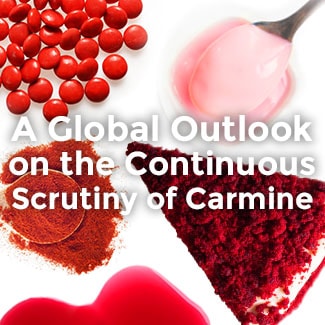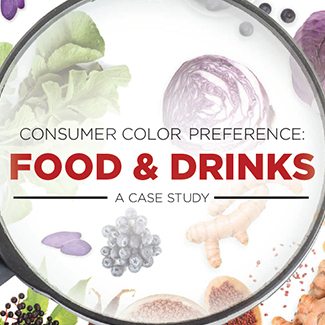Why Simpler Ingredients Are Not Always So Simple
In 2016, the New York State Department of Agriculture identified elevated levels of lead in ground turmeric sold by a New Jersey importer and manufacturer of spice products. As a result, the U.S. FDA announced the recall of seven brands of turmeric from across the country. While turmeric (curcumin) is a commonly used natural color material, the recall has thankfully not affected the food color industry. However, the recall does highlight a key emerging issue for food manufacturers as they embark on product reformulation initiatives to meet consumer demand for fewer and simpler ingredients.
Inherently, coloring foods and colors from natural sources have the potential to create food safety problems. Possible food safety problems are:
- Pesticides
- Heavy Metals
- Adulterants
- Unauthorized solvents
- Microbiological issues
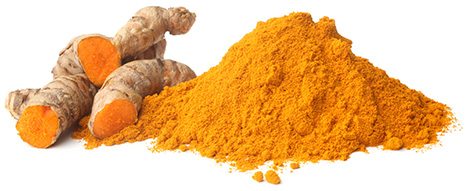
 It is why we launched the Certasure™ certification program for all of our colors from botanical sources. We believe color is an important contributor to the overall enjoyment of food, and color from natural sources shouldn’t be the cause of food safety worries.
Consumers Continue to Push for Simpler Ingredients
European consumers were clearly the early driving force behind the move towards “naturalness” and away from artificial ingredients. But today, there is a global wave of consumer demand for the removal of any artificial ingredients, with color at the forefront. The reasons sometimes differ by region.
It is why we launched the Certasure™ certification program for all of our colors from botanical sources. We believe color is an important contributor to the overall enjoyment of food, and color from natural sources shouldn’t be the cause of food safety worries.
Consumers Continue to Push for Simpler Ingredients
European consumers were clearly the early driving force behind the move towards “naturalness” and away from artificial ingredients. But today, there is a global wave of consumer demand for the removal of any artificial ingredients, with color at the forefront. The reasons sometimes differ by region.
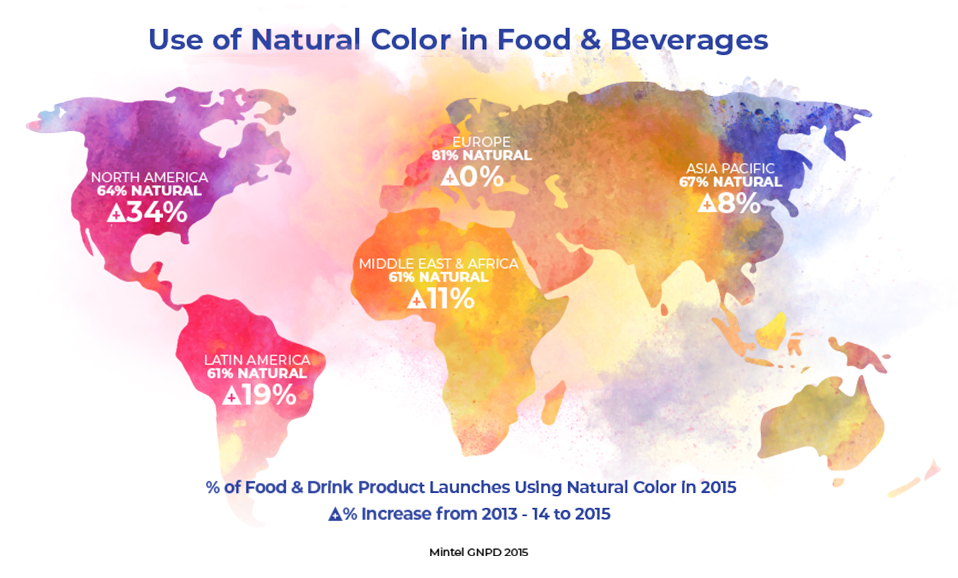 Consumers in North America, for example, cited “health concerns we haven’t yet discovered” as their primary reason for avoiding synthetic colors. At times, consumers may be relying on popular media figures or research that might not always stand up to strict scientific scrutiny. But consumers do have the final say.
Given the naturalness movement and what we hear from customers, we forecast ongoing change in the food color business. Some of the big trends include:
Consumers in North America, for example, cited “health concerns we haven’t yet discovered” as their primary reason for avoiding synthetic colors. At times, consumers may be relying on popular media figures or research that might not always stand up to strict scientific scrutiny. But consumers do have the final say.
Given the naturalness movement and what we hear from customers, we forecast ongoing change in the food color business. Some of the big trends include:
- A move to replace caramel color – In some regions such as Brazil, caramel is considered artificial already. We see a move towards alternative brown sources from plant-based sources.
- New interest in titanium dioxide alternatives – Globally, titanium dioxide is facing some criticism, especially in Europe and the United States. While TiO2 is not really at the forefront of consumer concerns, we expect brands will explore replacing the pigment.
- Increased interest in natural colors from the Pet Food industry – The growth in the ‘humanization’ of our pets is leading many consumers to demand the same ingredients for their furry family members.




